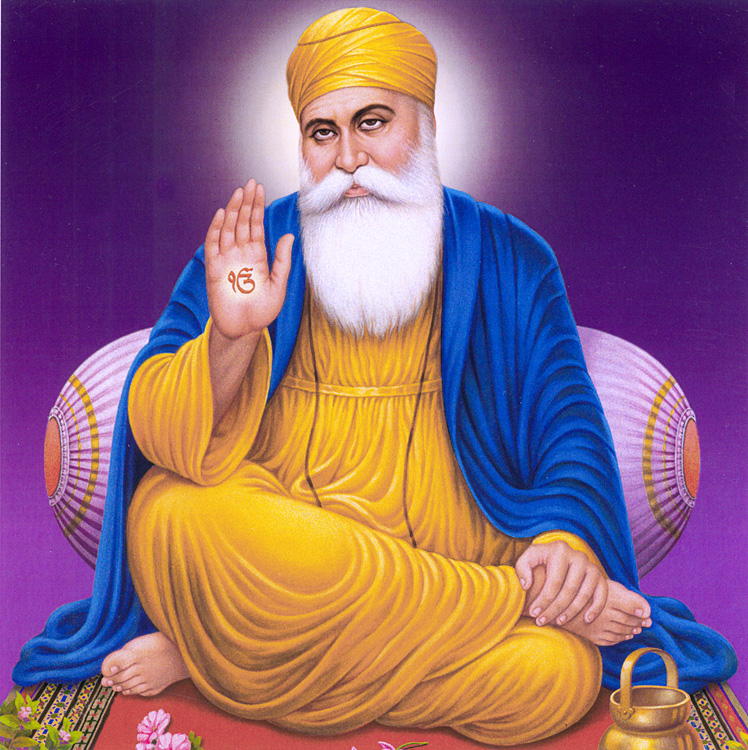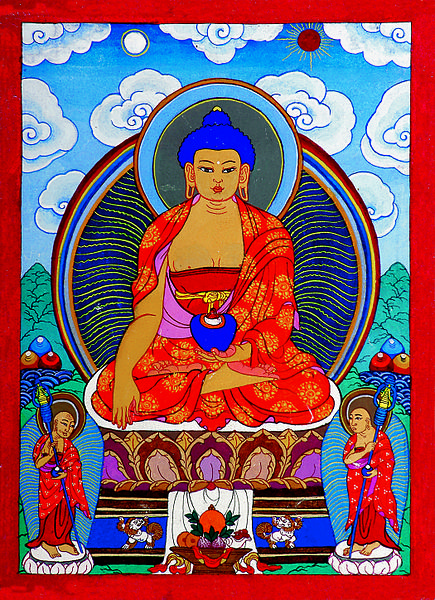Vipassana, meaning “insight” or “clear seeing,” is one of the oldest and most transformative meditation practices. Rooted in the teachings of the Buddha, Vipassana is not about chanting, visualizations, or rituals—it is about observing reality as it is. The practice involves witnessing every thought, emotion, and sensation with awareness and without judgment. Osho, a modern spiritual master, deeply resonated with the essence of Vipassana. He described it as a journey into pure awareness, where the mind becomes transparent, and one experiences life in its deepest truth.
The Essence of Vipassana
The word “Vipassana” can be broken down as vi (special) and passana (seeing). It is the art of seeing things as they truly are, beyond illusions and mental filters. In daily life, we often react unconsciously to situations, driven by old conditioning, fear, or desire. Vipassana trains us to break this cycle by observing each moment with clarity.
The practice involves sitting silently, focusing on the natural breath, and simply watching the flow of sensations within the body. Unlike other forms of meditation that encourage concentration on a mantra or visualization, Vipassana is about witnessing. As Osho beautifully described, “Meditation is nothing but watching, witnessing. Whatsoever passes in front of you, just be a witness. Don’t judge, don’t condemn, don’t justify, don’t appreciate. Just be a mirror reflecting everything as it is.”
This witnessing brings a deep transformation because it allows us to see the impermanent nature of thoughts and emotions. When we stop clinging to them, we experience inner freedom.
Osho’s View on Vipassana
Osho often said that Vipassana is not just a technique; it is a way of being. It is the most natural state of awareness we can experience. Unlike practices that demand effort, Vipassana asks for relaxation and observation. He explained that the mind is like a turbulent river, and only by sitting silently and watching it does the water become clear.
One of Osho’s quotes that perfectly encapsulates Vipassana is:
“Sit silently, do nothing, the spring comes, and the grass grows by itself.”
This quote is a profound reminder that we don’t need to force our minds into silence. When we observe without interference, the mind naturally calms, and meditation happens on its own. Vipassana is not about doing but about being.
A Simple Vipassana Meditation Practice
1.Find a Quiet Place: Sit comfortably, either on the floor with crossed legs or on a chair with your spine straight. Keep your body relaxed but alert.
2.Focus on Natural Breathing: Close your eyes and bring your attention to your breath. Do not try to control it—just observe the inhalation and exhalation.
3.Watch Sensations: Gradually shift your awareness to sensations in the body. Notice areas of tension, warmth, or tingling. Simply observe without labeling them as good or bad.
4.Observe Thoughts: As thoughts arise, don’t fight them. Watch them like clouds passing in the sky. Return to your breath when the mind drifts away.
5.Witness Without Judgment: The key is not to analyze but to witness everything as it is—thoughts, feelings, and sensations—without any reaction.
Practicing Vipassana even for 10–15 minutes daily can bring profound clarity, inner peace, and emotional balance.
Vipassana & Transformation
Vipassana meditation allows us to experience life from a state of pure awareness. Over time, this practice dissolves anxiety, anger, and fear because we learn to see them as fleeting mental states rather than truths. It’s a process of unlearning—dropping illusions and seeing life with fresh eyes.
Osho beautifully summed up the power of Vipassana when he said:
“Meditation is seeing the mind from outside. Once you learn the art of watching your thoughts, your desires, your memories, you will find a great silence descending upon you. That silence is your true nature.”
Conclusion
Vipassana is a journey into the depth of the present moment. It teaches us to observe life without resistance, allowing the mind to settle into its natural rhythm. When paired with Osho’s wisdom, Vipassana becomes not just a meditation technique but a way of living—free, aware, and deeply connected with the now.
Here’s a 10-Day Vipassana Meditation Guide Inspired by Osho (each day ~100 words):
⸻
Day 1: The Art of Watching
Sit comfortably and close your eyes. Simply watch your breath—don’t control it. Feel the natural rhythm of inhaling and exhaling. Let thoughts come and go, like clouds passing in the sky. Osho said, “Meditation is witnessing. The moment you become a witness, you are free.” Spend 10 minutes just observing.
⸻
Day 2: Awareness of the Body
Today, bring awareness to your body. Sit still and scan from head to toe. Notice sensations—warmth, tingling, or discomfort—without labeling them. Don’t interfere, just observe. Breathe naturally.
⸻
Day 3: Observing Thoughts
Sit quietly. Instead of pushing thoughts away, observe them. Ask, “To whom is this thought arising?” Witness the mind like a movie screen. Osho said, “The moment you witness the mind, you are no longer the mind.”
⸻
Day 4: Breath as a Bridge
Focus fully on your breath. Feel the cool air entering your nostrils and the warm air leaving. With each exhale, release tension. Allow breath to anchor you to the present.
⸻
Day 5: Silence Within
Today, practice inner silence. Observe moments of stillness between two thoughts or two breaths. Stay in that gap. As Osho taught, “The pause between two breaths is where meditation happens.”
⸻
Day 6: Watching Emotions
Sit and notice any emotion arising—joy, sadness, anxiety. Don’t suppress or indulge. Just watch it like a passing wave. Recognize that emotions are transient.
⸻
Day 7: Expanding Awareness
Instead of focusing only on the breath, expand awareness to sounds around you—the hum of a fan, birds, or distant voices. Don’t react; simply notice. This broadens presence.
⸻
Day 8: Witnessing Without Judgment
Today, practice neutrality. Whatever arises—thought, sensation, or sound—just witness without labeling it good or bad. Osho said, “Once you stop judging, everything becomes luminous.”
⸻
Day 9: The Space Within
Feel the vast inner space beyond thoughts and sensations. Sit in that emptiness. As Osho said, “Meditation is the discovery of the space you have never left.”
⸻
Day 10: Just Being
Drop all techniques. Don’t focus on breath or thoughts—simply sit in pure awareness. No effort, no goal. Let meditation happen.





